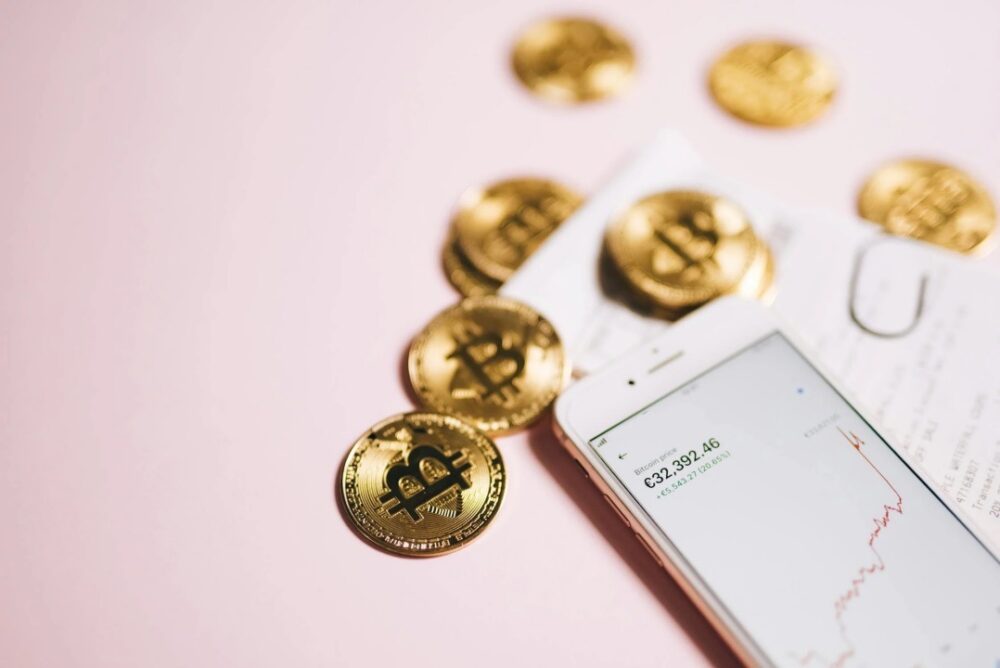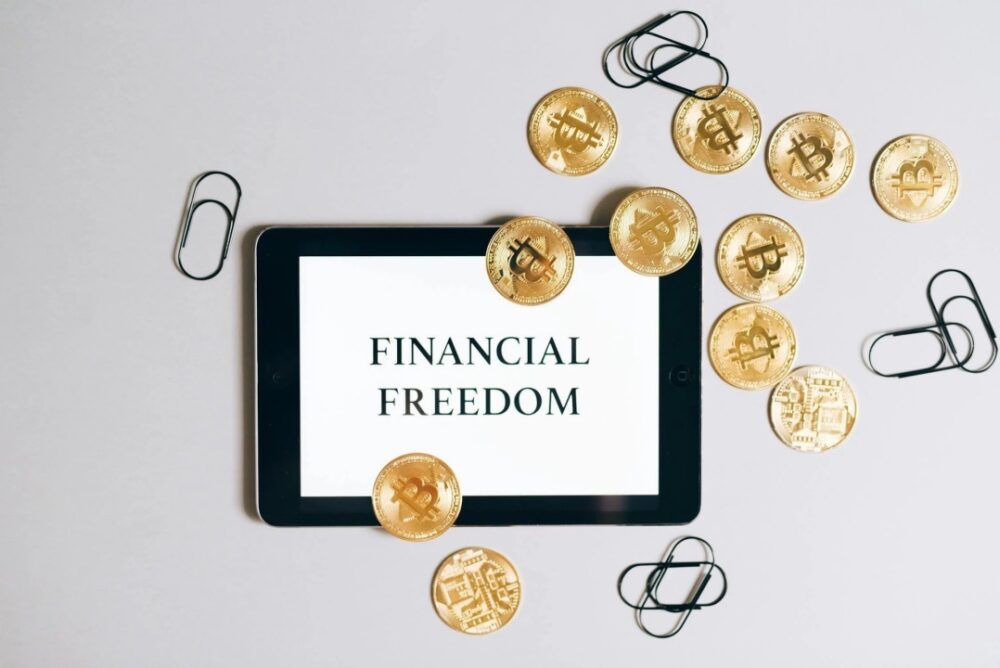How to Create a Crypto Wallet: Tips for Newcomers
People around the globe create crypto wallet accounts daily. For instance, around 1.5 million Americans downloaded Coinbase, Trust, and Sweat wallets alone in the fourth quarter of 2023 (according to Statista).
Users appreciate the decentralized nature of crypto tokens and apply them in various spheres of their lives. Some individuals make money on fluctuations in the price of the cryptocurrency. Other people employ tokens to move or store vast sums without fearing taxation or account lockout.

Gambling fans can also benefit from using digital wallets. Some crypto-friendly platforms shower their customers with lucrative rewards. For example, you can redeem a Brango Casino no deposit bonus and get even more incentives for your initial replenishment. This gaming venue supports Bitcoin, Bitcoin Cash, Ethereum, and Litecoin and grants exclusive bounties to those who top up their balances with crypto.
Have you heard about the advantages of digital wallets, but their use still seems intimidating? Read this article to the end to dispel the doubts and create a crypto account in 1-2 minutes.
Select the Appropriate Type of Wallet

Let’s outline the most widespread types of crypto wallets available on the market:
- “Hot” — always online. This group includes software-based wallets that suit those who make regular money operations. For example, you can utilize desktop, web, or mobile wallets.
- “Cold” — offline, or online just in the moments of uploading a signed crypto operation. Simply put, a highly private crypto wallet is a physical device, for instance, a flash drive, that saves your keys without connecting to the Internet. This feature makes cold wallets less vulnerable and more suitable for keeping funds than for frequent crypto transactions. Furthermore, paper wallets also relate to cold ones.
When opting for a digital wallet for cryptocurrency, find out whether it’s custodial or non-custodial. This parameter affects how you control your private keys. For example, software-based custodial options imply a third-party provider who manages your private keys for you. Thus, this third side is responsible for the safety of your money. Non-custodial wallets let you control your private keys with the help of an application or PC software. If you’re a complete beginner, we recommend you choose a reliable custodial wallet since you can use it effortlessly and without any special knowledge.
Settle on a Specific Provider
If you’ve decided to pick “hot” wallets, catch several examples of the most trustworthy ones:
- Desktop — Bitcoin Core, Exodus, Electrum, Guarda;
- Mobile — Coinbase Wallet, Trust Wallet, BitPay, MetaMask;
- Web — Blockchain.com, Binance, Kraken, MyEtherWallet.
When comparing “hot” wallets, pay attention to their security features (2FA, Multisignature), the list of tokens supported, transaction/conversion fees, and user interfaces.
If you want to create crypto wallet that doesn’t require an Internet connection, pay attention to Ledger Nano S Plus, Trezor Model T, and KeepKey. The latter is considered a win-win solution for beginners.
How to Set up a Software-Based Crypto Wallet

This mini guide explains how to make a crypto wallet within several minutes:
- Go to the official site of the chosen option. Download a desktop or mobile application if needed. Traditionally, you can find the software for handheld devices on the App Store and Google Play. For your convenience, you can install mobile and desktop apps at once. If you’ve selected a web wallet, pass to the next step.
- Establish your crypto account. In most cases, you must indicate your name and email address and set a strong password. Next, pass the identity verification process before conducting any operations. Enter your home address, upload a photo of your ID card/passport, and take a selfie. Your data will be checked within several hours.
- Don’t forget to write down your seed phrase. It’s a randomly generated set of symbols designed to recover your crypto wallet when necessary. Thus, the seed phrase prevents you from losing your assets even if you forget your login credentials or your device is broken.
Finally, you can add crypto coins to your wallet. For instance, link your profile to an exchange in the settings or just deposit money from your bank account. The best thing is that modern wallets support numerous tokens.
How to Create a Cold Wallet

If you put more faith in physical storage, follow these straightforward instructions:
- Purchase a preferred device. Its approximate price is about $50-300. Power your gadget on and set a PIN code if required.
- Install related software. Usually, an installation wizard comes complete with a device. Some related applications allow you to connect your wallet to popular exchanges. Write out your exclusive seed phrase, too.
- Connect your physical wallet to your PC, tablet, or smartphone. You can use a USB connector, Wi-Fi, or Bluetooth. The most innovative devices support connecting through QR codes.
Then, you can transfer money to your new hardware wallet.
As you can see, making a crypto wallet is similar to signing up for many websites or installing ordinary computer software. Finally, we want to give you some extra tips. First, download wallet software only from official sources to avoid scams. Second, various types of wallets can be used for different purposes. Prefer hardware options for long-term storage of large amounts of money and software-based wallets for everyday use.




















